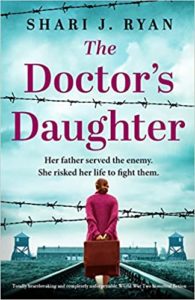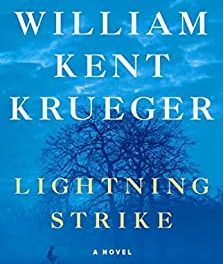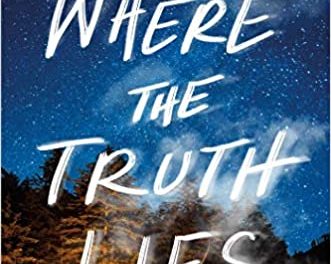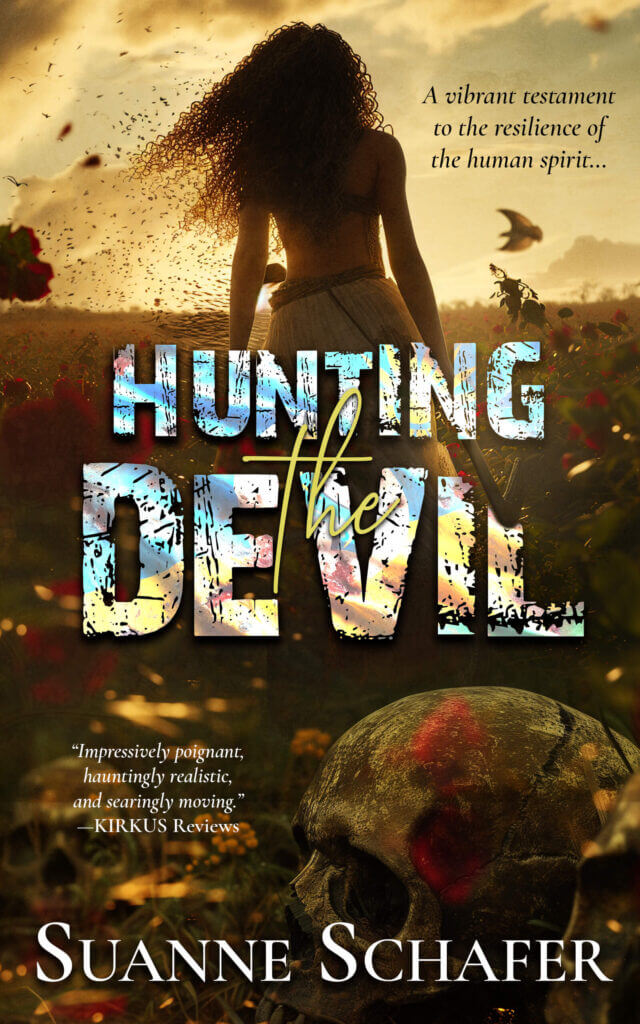The Memory Keeper of Kyiv is the second book I’ve read recently (the other being The Doctor’s Daughter by Shari J. Ryan) dealing with genocide. The Memory Keeper is particularly apt these days as Putin invades the Ukraine. The Memory Keeper deals with Holodomor, the starving to death of the Ukrainian people in the early 1930s, while The Doctor’s Daughter deals with the Jewish genocide in World War II Poland. Additionally, both books use alternating points of view. However, The Memory Keeper is more complex as it alternates past and present points of view (Katya in the 1930s in the region of Kyiv, and Cassie, her granddaughter in 2004 in Illinois), parsing out the history as it is revealed to the children and grandchildren of those who survived it. During Holodomor, nearly 9 million people were killed by the Soviets who stole farming equipment and crops to ship to the Soviet Union, leaving the Ukrainians to starve as were left without farming implements, seed, and, land itself as it was eventually confiscated. I found it more heart-breaking than The Doctor’s Daughter.
The characters in The Memory Keeper of Kyiv are complex and authentic. They deal with their various emotional traumas in different ways but survive. Katya is particularly endearing because the onset of dementia releases long-suppressed memories of the Holodomor. Like Shari J. Ryan, Erin Litteken neither dwells on the atrocities or sensationalizes them, but describes them matter-of-factly.

 I’ve written a novel on the Rwandan genocide in 1994 (Hunting the Devil), and I find it alarming that centuries have passed and humans still feel threatened by those who are different and that mass killing in the guise of self-protection continues. The trauma of genocide not only affects the people immediately involved, but also causes epigenetic changes that affect future generations. Books such as The Memory Keeper of Kyiv and The Doctor’s Daughter force us to look at ourselves and our past—and hopefully to avoid such atrocities in our future—while celebrating the resilience and fortitude of the human spirit.
I’ve written a novel on the Rwandan genocide in 1994 (Hunting the Devil), and I find it alarming that centuries have passed and humans still feel threatened by those who are different and that mass killing in the guise of self-protection continues. The trauma of genocide not only affects the people immediately involved, but also causes epigenetic changes that affect future generations. Books such as The Memory Keeper of Kyiv and The Doctor’s Daughter force us to look at ourselves and our past—and hopefully to avoid such atrocities in our future—while celebrating the resilience and fortitude of the human spirit.
The definition of genocide is often difficult for observers, but the criteria include:
1. Killing members of a specific group of people.
2. Inflicting physical or mental serious harm upon members of a specific people.
3. Bringing about physical destruction upon a specific people.
4. Attempting to prevent births within a specific people.
5. Forcibly transferring (internally or externally) members of that group in a relocation program or forcibly assimilating them.
The most deadly genocides:
1. The Holocaust (1941-1945) with an estimated 7 million people killed
2. Holodomor (1932-1933) with an estimated 7 million people killed
3. Cambodian Genocide (1975-1979) with an estimated 3 million people killed
4. The Nazi Genocide of ethnic Poles (1939-1945) with an estimated 1.8 million people killed
5. Khmer Rouge “Killing Fields” (1975-1979) with an estimated 1.3 million people killed
6. Circassian Genocide (1864-1867) with an estimated 2 million people killed
7. Armenian Genocide (1914-1911) with estimated 1.5 million people killed
8. Greek Genocide (1914-1922) with an estimated 900,000 people killed
9. Rwandan Genocide (1994) with an estimated 800,000 people killed
10. Dzungar Genocide (1755-1758) with an estimated 600,000 people killed
You may be interested in looking at the Alliance Against Genocide.
********************
The Memory Keeper of Kyiv (Boldwood Books, May 16, 2022) is available through:
********************
 You can read my review of The Doctor’s Daughter here.
You can read my review of The Doctor’s Daughter here.
********************
This post contains Amazon Affiliate links. As an Amazon Associate, I may earn a small amount from qualifying purchases.













